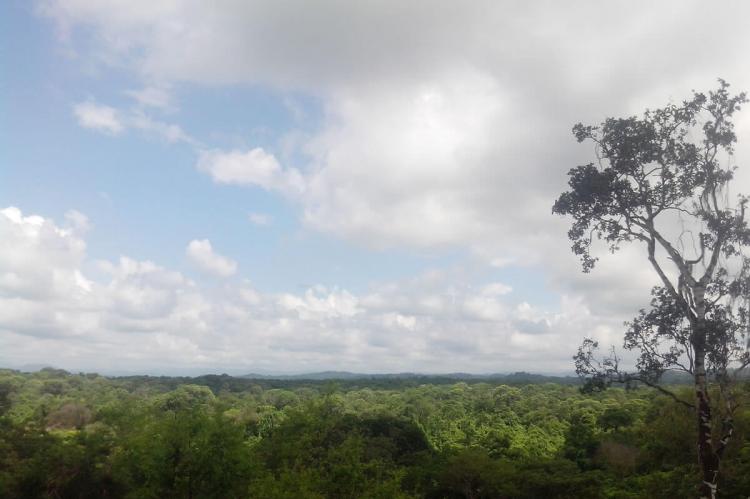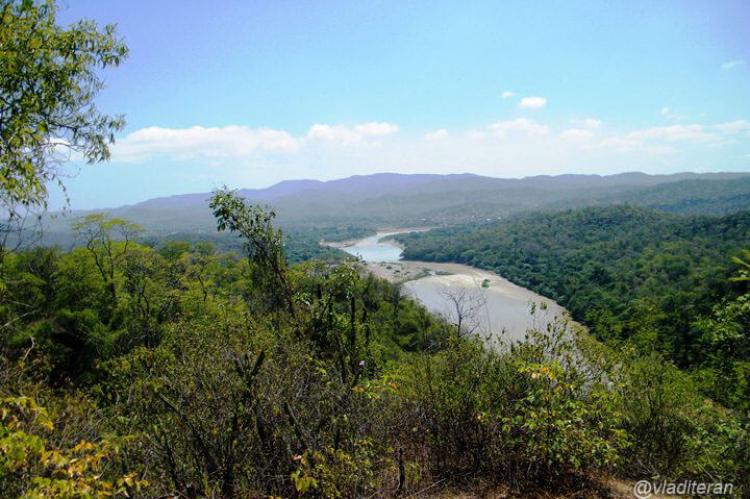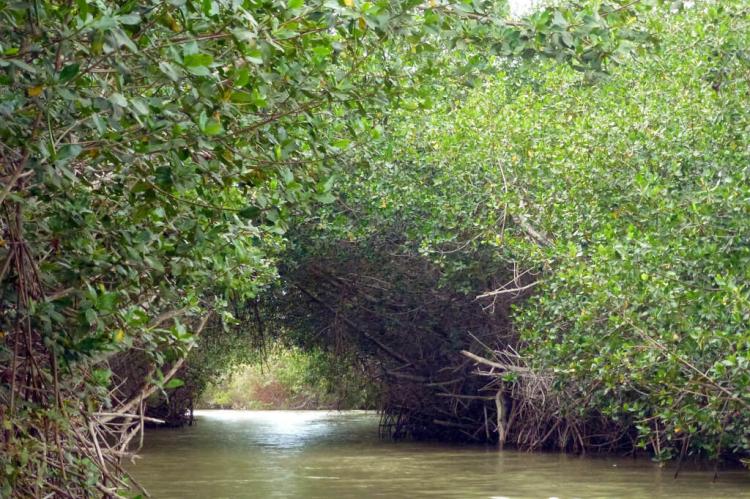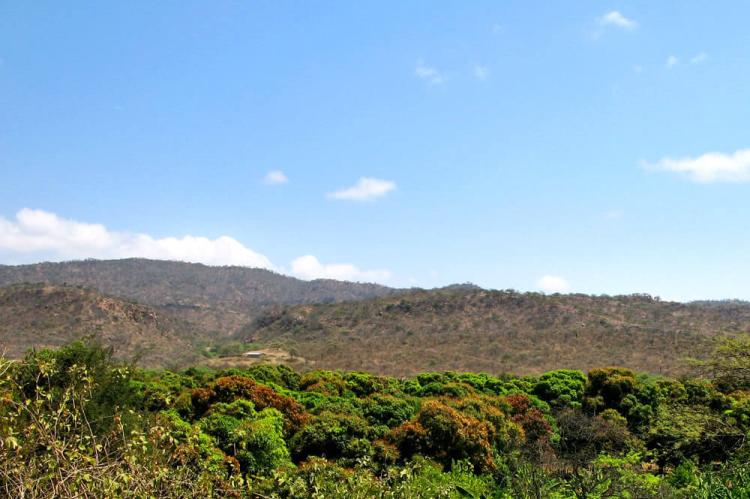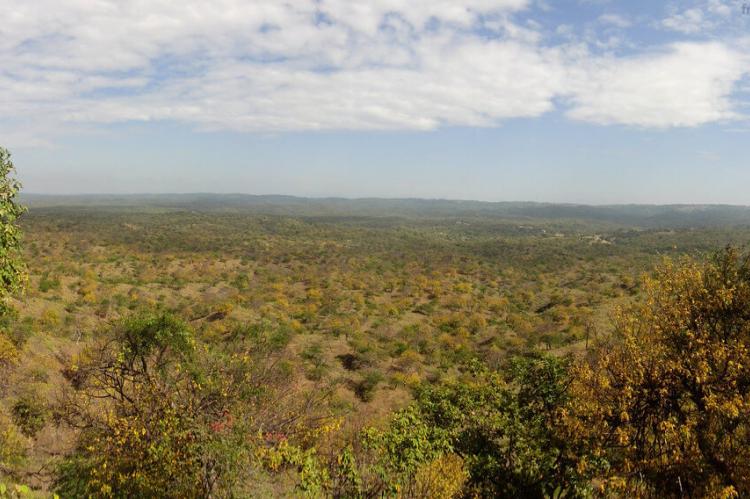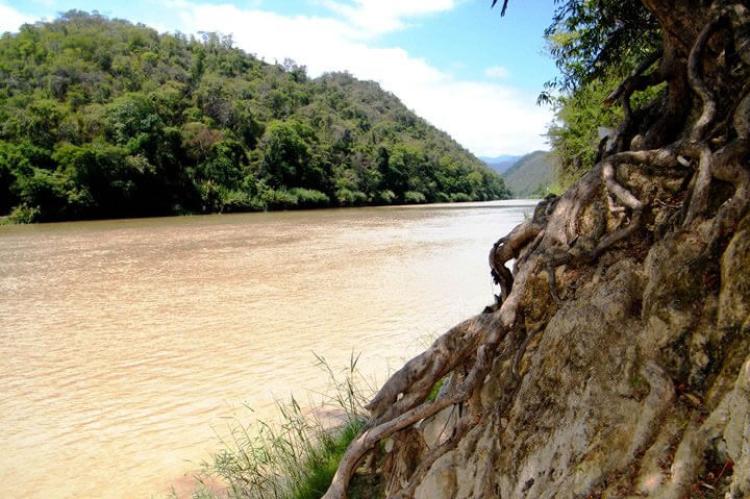The Bosques de Paz: A Transboundary Oasis of Biodiversity
The Bosques de Paz Transboundary Biosphere Reserve straddles the border of Ecuador and Peru. It is a natural treasure and showcases the collaborative efforts of these two nations to protect a globally significant ecosystem. The reserve spans four regions in the two countries.
The Bosques de Paz: A Transboundary Oasis of Biodiversity
Straddling the border between Ecuador and Peru, the Bosques de Paz Transboundary Biosphere Reserve is a remarkable natural treasure, showcasing the collaborative efforts of these two nations to protect and sustainably manage a globally significant ecosystem. This expansive region, designated as a UNESCO Biosphere Reserve in 2018, encompasses the Noroeste Amotapes-Manglares Biosphere Reserve of Peru (initially designated in 1977 and expanded in 2016) and the Bosque Seco Biosphere Reserve of Ecuador (initially designated in 2014).
Geographical Scope and Significance
The Bosques de Paz Transboundary Biosphere Reserve covers 1,616,988 hectares (just under 4 million acres), spanning the Tumbes and Piura regions of Peru and Ecuador's Loja and El Oro provinces. This vast protected area results from the two countries' commitment to strengthening their fraternal ties and cooperation following the 1998 Peace Agreement that ended a long-standing border dispute.
Ecological Diversity and Endemism
At the heart of the Bosques de Paz Transboundary Biosphere Reserve lies the Tumbes dry forest ecoregion, one of the world's biodiversity hotspots. This unique habitat is home to the largest remaining dry forest remnant in western South America, boasting a high degree of endemism. The region supports 59 endemic bird species, 14 endangered species, and many other plant and animal life adapted to the region's distinct climatic conditions.
Mangrove Ecosystems
In addition to the expansive dry forests, the Bosques de Paz Transboundary Biosphere Reserve also includes the Tumbes mangrove forests, a vital coastal ecosystem that provides critical habitat for a diverse array of marine and terrestrial species. These mangrove habitats play a crucial role in regulating water quality, sequestering carbon, and supporting the livelihoods of local communities.
High-Altitude Habitats
The western foothills of the Andes within the Bosques de Paz Transboundary Biosphere Reserve reach up to 3,080 meters (10,100 feet) in elevation, creating a unique and diverse array of high-altitude ecosystems. These montane habitats harbor a distinct assemblage of plant and animal life, further contributing to the region's overall biodiversity.
Human Settlements and Economic Activities
The Bosques de Paz Transboundary Biosphere Reserve is home to approximately 617,000 inhabitants, with the primary economic activities being livestock rearing and tourism. The designation of this area as a Biosphere Reserve reflects the commitment of both Ecuador and Peru to balance the protection of the region's natural resources with the sustainable development of local communities.
Conservation Efforts and Challenges
The establishment of the Bosques de Paz Transboundary Biosphere Reserve represents a significant milestone in the conservation of the Tumbes dry forests and mangrove ecosystems. However, the region continues to face a range of threats, including habitat loss and degradation, unsustainable resource extraction, and the impacts of climate change. Ongoing collaboration between Ecuador and Peru, as well as the support of international conservation organizations, will be crucial in addressing these challenges and ensuring the long-term resilience of this remarkable natural asset.
Ecotourism and Environmental Education
The Bosques de Paz Transboundary Biosphere Reserve offers numerous opportunities for ecotourism and environmental education, allowing visitors to immerse themselves in the region's unique natural and cultural heritage. From guided hikes through the dry forests to educational programs highlighting these ecosystems' importance, the Biosphere Reserve provides a platform for fostering greater appreciation and stewardship of this transboundary ecological treasure.
Conclusion
The Bosques de Paz Transboundary Biosphere Reserve is a testament to the power of international cooperation and the collective commitment to protecting the world's most precious natural resources. By safeguarding this biodiversity hotspot, Ecuador and Peru have ensured the preservation of a unique and irreplaceable ecosystem and paved the way for a future where sustainable development and environmental conservation can coexist in harmony.
